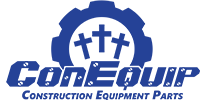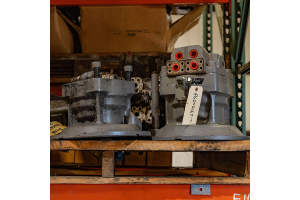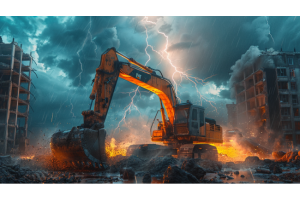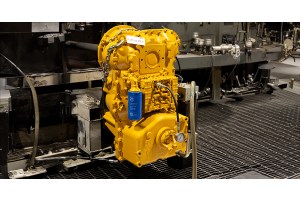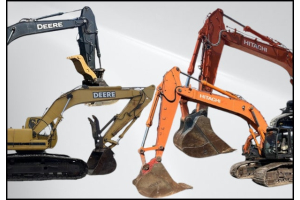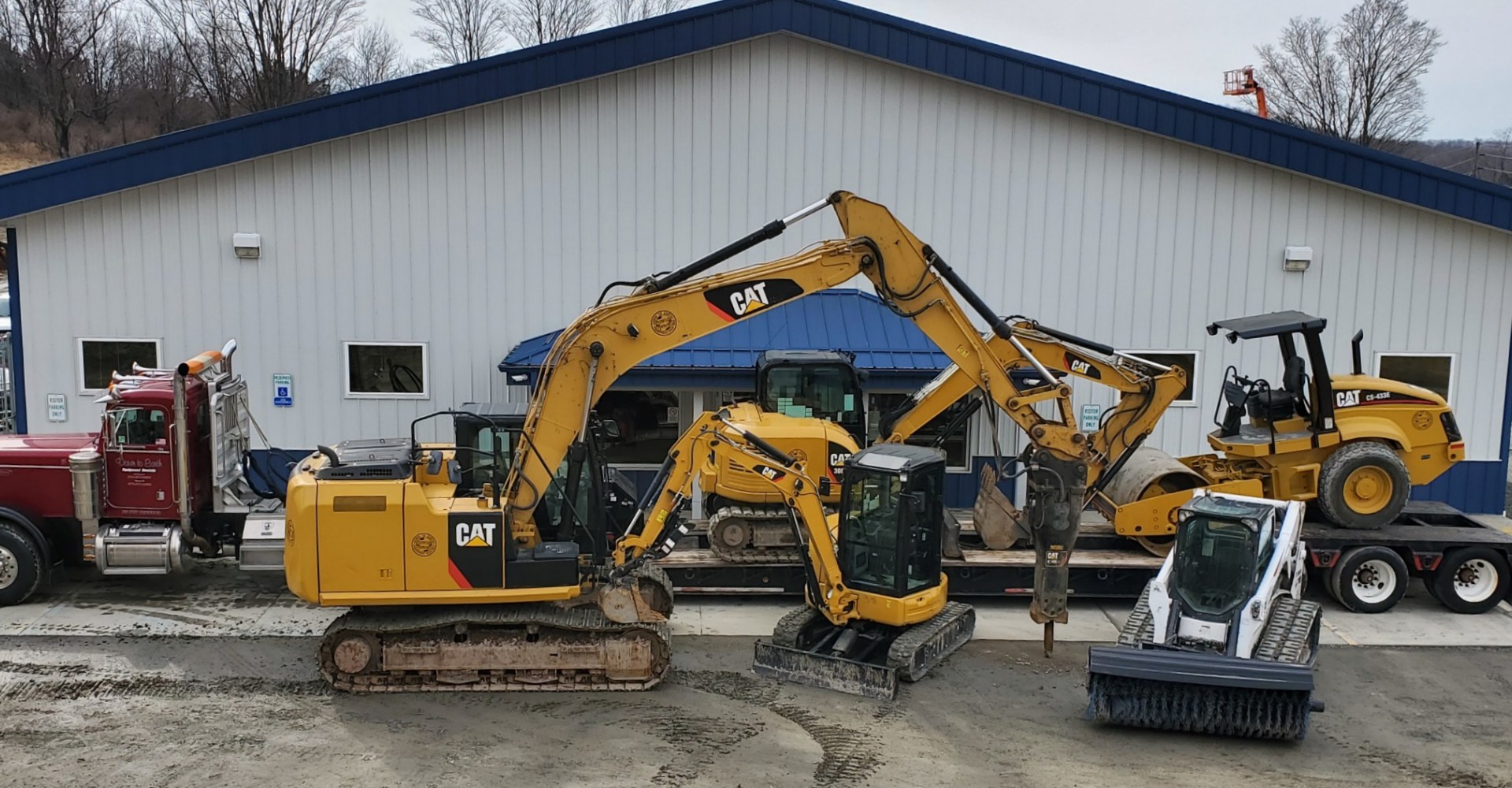
Equipment rental companies are looking ahead to the rest of 2022 with some optimisim over demand for excavators, bulldozers, backhoes, wheel loaders and other large pieces of equipment. For Construction Prosreleased areporton what the industry is facing provided by theAmerican Rental Association.
Here is a snapshot of the report, with positives and negatives to focus on.
According to a recent survey by the ARA, 91% of members say they’re dealing with rising costs, with about 50% percent of those companies working to be more efficient to manage those rising costs. Fortunately, many in the industry expect revenue to grow.
“The industry is about efficient use of assets and efficient use of equipment,” says Josh Nickell, Vice President, Equipment Segment, ARA.
“People are hard to come by everybody’s busy and supply is hard to come by, so you’ve got to improve efficiency. They’re using data-driven decision-making. You can’t just assume that there’s a piece of equipment on
your lot or hope one will be back in time; you have got to do a lot more planning and use analytics to forecast what your needs are going to be.”
According to an American Rental Association (ARA) report released in May, U.S. equipment rental revenue, including both construction and general tool, is expected to grow by 11%.
Construction equipment rental is leading the way, with 13% growth to a total of $41.7 billion in revenue following a 10.2 percent increase in 2021.
Fleet spending is expected to increase 7.6% by the end of 2022.
Part of the reason is based on the fact everything is more expensive, from materials to shipping costs, which is passed on to the end user.
The survey also pinpointed concerns in the industry, with the difficulty finding skilled workers topping the list with 72% of civil contractors expecting difficulty finding skilled workers, which is a 14% increase from 2021.
Overall, 30% of American Rental Association (ARA) members say the situation with equipment rental is worse from the previous year, 49% feel it’s the same, while 21% feel it’s trending better. In 2020, less than 20% said it was getting worse.
“We think that has a lot to do with supply chain issues, workforce issues, inflation,” Nickell says. “So, when they look at that bigger picture of how things are going, they’ve got a fear of recession and they’re a little bit nervous. I juxtapose that against how they actually think their revenue is going to do."


